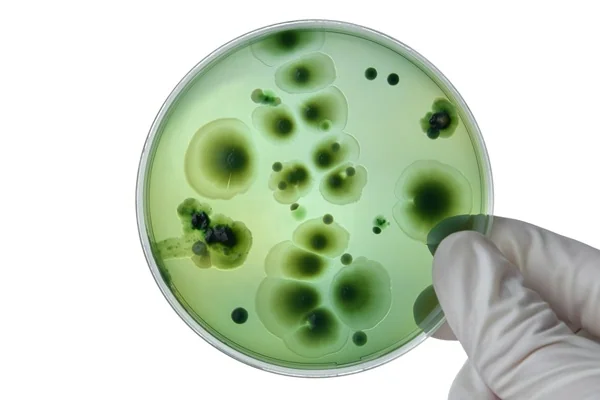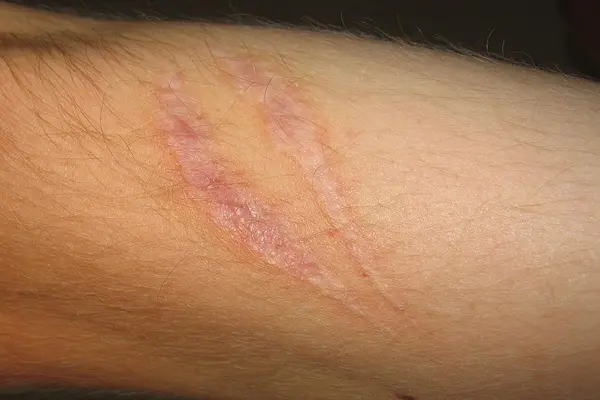Among the many peptides studied for their role in growth and recovery, two forms often stand out MGF and PEG-MGF. Both are short chains of amino acids that have captured research interest because of how they influence cellular activity and regeneration, raising the question of which could be regarded as the best peptide for research.
While MGF is known for its natural signaling role, the PEGylated version is designed to extend stability, making it a subject of increasing research focus. Alongside these, attention is also growing around other peptides such as GDF-8 and Ipamorelin, which contribute to the broader discussion on muscle growth, tissue repair, and metabolic studies.
This article will compare MGF with PEG-MGF, explore how PEGylation changes outcomes, and highlight how related peptides fit into the wider picture of peptide research.
Discover MGF from Peptide Works, a growth factor fragment linked to early cellular repair and muscle adaptation in lab studies.
Key Differences Between MGF and PEG-MGF
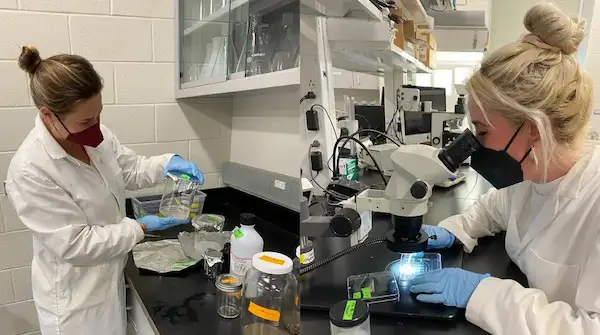
The key difference between MGF and PEG-MGF comes down to PEGylation. This process attaches polyethylene glycol to the MGF molecule, which slows its breakdown and extends its half-life. Where natural MGF may only stay active for minutes, PEG-MGF can remain stable for hours, giving researchers a longer window to study its activity.
This added stability often leads to clearer results in lab settings, especially in studies on muscle repair, wound healing and recovery. Instead of a quick, short-lived signal, PEG-MGF provides a more steady influence on satellite cells.
| Feature | MGF (Native) | PEG-MGF (PEGylated) |
|---|---|---|
| Half-life | Minutes (very short) | Hours (extended) |
| Signal profile | Sharp, fast burst | Gentle, sustained curve |
| Stability | Rapid breakdown by enzymes | Protected by PEG chain, more stable |
| Clearance | Quickly filtered/cleared | Slowed by PEG shielding & larger size |
| Research use | Best for short, pulse-like studies | Best for longer observation windows and steady results |
For this, many see PEG-MGF as a strong candidate when discussing the best peptide for consistent outcomes in regeneration research. This difference becomes clearer once you see the role PEGylation plays in shaping a peptide’s behavior.
Why Does PEGylation Matter In Peptides?
PEGylation matters because it changes how long a peptide stays active and how it moves. A PEG chain can reduce renal clearance and shield the sequence from enzymes, so signals last longer and dosing windows widen. With PEG-MGF, that means steadier exposure than native MGF, which fades fast.
The choice depends on the model: when a brief pulse is wanted, MGF can fit; when a sustained window is needed, PEG-MGF often fits better. Ipamorelin a growth hormone secretagogue shows a different logic: it drives a pulse-like GH release, so longer action is not always the goal.
GDF-8 (myostatin) highlights yet another path, many studies look at blocking the signal rather than extending a peptide. In each case, “Best Peptide” means best fit for the aim. That focus on durability leads directly to stability, the factor that decides how long a signal can hold.
Shop GDF-8 from Peptide Works, a regulatory peptide studied for its role in limiting muscle growth and shaping strength pathways.
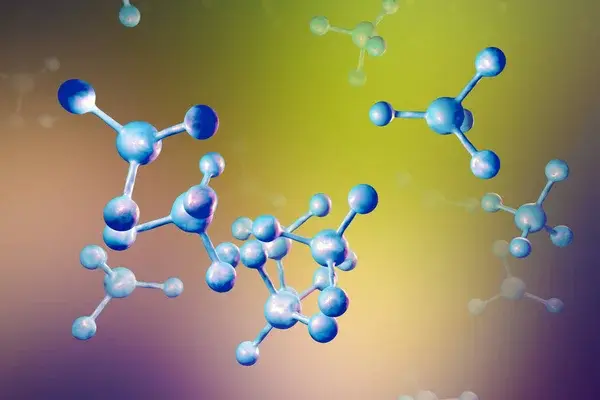
How Does Stability Affect Peptide Performance?
Peptide stability determines whether a signal is short-lived or sustained. When a peptide is unstable, enzymes break it down quickly or it gets cleared too fast, which limits how long it can act. This is why some natural forms, like MGF, only show activity for a brief window. The effect can be powerful but often fades before much adaptation occurs.
With PEG-MGF, stability improves through PEGylation. The added chain protects it from enzymes and slows clearance, which extends its half-life.
A longer half-life means more consistent signaling and a greater chance for effects to build over time. This sustained activity may also influence downstream processes like collagen synthesis, which supports structural repair and strength development.
For many, this difference is why PEG-MGF is seen as closer to the best peptide when steady and reliable performance matters. From there, half-life becomes the easiest way to measure how MGF and PEG-MGF compare.
How Does Half-Life Set PEG-MGF Apart From MGF?
In laboratory studies, half-life determines how long a peptide remains active before breaking down or clearing. A short half-life produces a quick pulse of activity, while a longer half-life creates a steadier signal over time.
Native MGF shows a sharp but short burst of signaling, making it difficult to track over long periods. PEG-MGF, by contrast, remains active longer thanks to PEGylation, which slows clearance and shields the sequence from enzymes.
This extended half-life is one of the main reasons PEG-MGF is considered easier to monitor and more practical for extended observation.
What Makes PEG-MGF Easier To Track Than MGF?
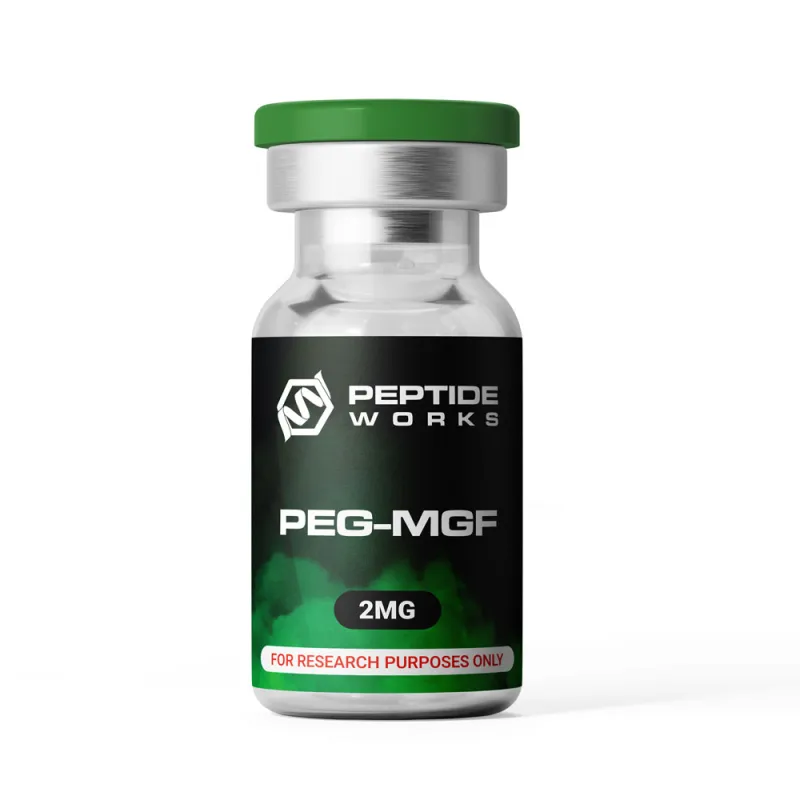
For scientists, one of the main challenges with MGF is its short detection window. Its signal rises and falls so quickly that capturing reliable measurements requires precise timing, often within minutes. This can make it difficult to build clear patterns across multiple samples. PEG-MGF offers a different profile.
By staying active longer, it gives researchers more time points to observe and compare, reducing the risk of missing important activity. The wider observation window makes PEG-MGF more practical to monitor in controlled experiments.
Ease of tracking is one of the aspects often discussed when deciding which option may represent the best peptide for measurable outcomes. Tracking also connects with recovery, since timing shapes how repair phases can be studied over time.
Explore PEG-MGF from Peptide Works, a PEGylated form of MGF designed for extended stability and sustained signaling.
Recovery Timelines: MGF vs PEG-MGF
Recovery is not a single moment but a sequence of stages. MGF tends to appear at the very start, triggering an early wave of cellular activity that helps set repair in motion. Its influence, though strong at first, does not usually extend into later phases. PEG-MGF, however, remains active for longer, allowing researchers to observe its impact further into the recovery window, when repair and adaptation are still underway.
This broader view helps build a clearer picture of how recovery develops over time. For many studies, such timing differences play an important role in deciding which could be regarded as the best peptide for structured comparison.
Together, these comparisons highlight how small molecular changes can reshape outcomes in controlled studies.
Choosing the Best Peptide for Research
The comparison between MGF and PEG-MGF highlights how small changes in structure can create major differences in timing, stability, and recovery outcomes. For researchers, these factors are what define usefulness in controlled studies.
At Peptide Works, we make peptides available for scientific exploration worldwide, with every product supplied for research purposes only. By examining signaling duration, observation windows, and recovery phases, scientists gain a clearer picture of how each peptide contributes to their work.
These insights keep shaping the ongoing discussion of which option might represent the best peptide for structured investigation.
All peptides and compounds mentioned are strictly for research purposes only and not for human use.
References
[1] Doroudian G, Pinney J, Ayala P, Los T, et al. Sustained delivery of MGF peptide from microrods attracts stem cells and reduces apoptosis of myocytes. Biomed Microdevices. 2014 Oct;16(5):705-15.
[2] Al Musaimi O, Lombardi L, Williams DR, Albericio F. Strategies for Improving Peptide Stability and Delivery. Pharmaceuticals (Basel). 2022 Oct 19;15(10):1283.
[3] Santhanakrishnan KR, Koilpillai J, Narayanasamy D. PEGylation in Pharmaceutical Development: Current Status and Emerging Trends in Macromolecular and Immunotherapeutic Drugs. Cureus. 2024 Aug 12;16(8):e66669.








